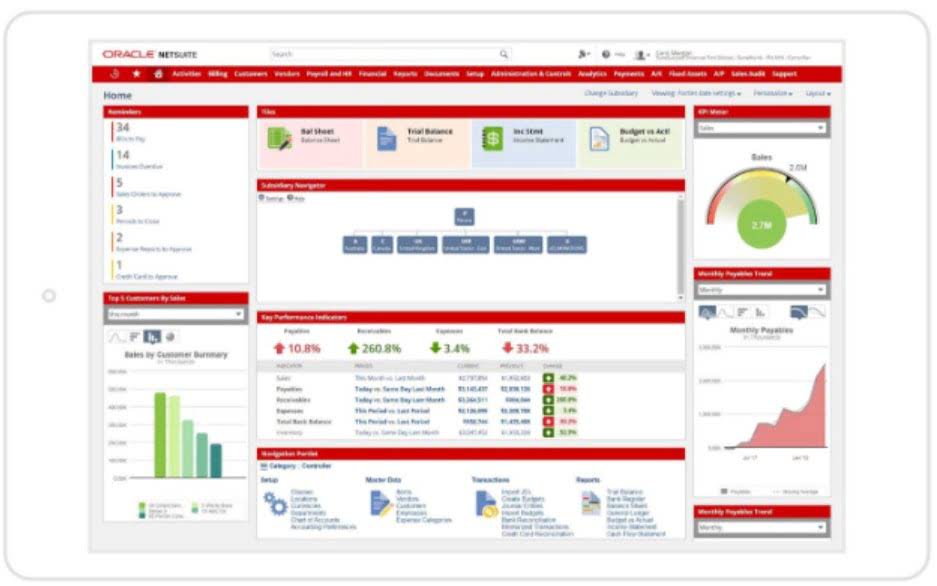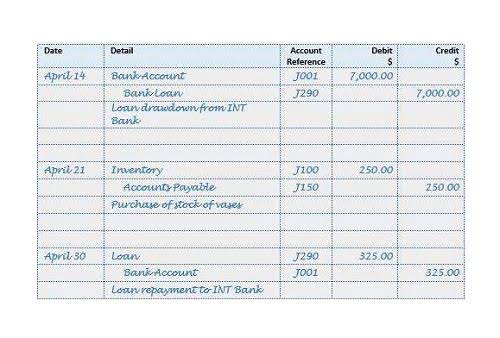The implementation of stringent reporting requirements and the imposition of sanctions for non-compliance are critical tools in their arsenal. The strategy is unethical as it provides manipulative information to the investors and misguides them to make the company look more appealing. So, the strategy is inappropriate because it does not reveal the actual performance of a company.
Potential investors see the fund full of high-performing stocks – and don’t see the poor-performing stocks that were recently dumped – and are, thus, much more likely to invest in the fund. Such a practice is the primary goal of window dressing – to attract investors and add more income to the investment pool. While difficult to determine, you can identify window dressing by studying past financial reports and reading about a company’s activities via their news releases and investor reports. For instance, examine the cash flow statement to see where cash is coming from and where it is going, then compare it to cash flows from the last few periods. Every quarter, funds provide a report that includes the performance and holdings of that fund.
The companies tend to modify their quarterly earnings and use creative accounting methods to manipulate the investors so that the fundamentals of the company become more appealing and attractive. This activity misleads the investors about the true value of the company which makes it psychologically attractive. This example illustrates how window dressing can artificially inflate or improve the appearance of a company’s financials temporarily, potentially misleading investors and other stakeholders.
Related AccountingTools Courses
Managers use these techniques not just to adjust but optimize how others see their funds’ success. In retail, window dressing refers to decorating the outside of a store to entice shoppers to come in. The goal of window dressing is to catch the attention of potential customers and draw them in.
- They can see if a company is selling off losing investments or buying more winning ones right before the end of a reporting period.
- Through oversight and enforcement, they seek to protect the integrity of the financial markets and maintain a level playing field for all participants.
- By doing so, they can make more informed decisions that are based on the reality of a company’s financial health, rather than the perception created by window dressing.
- Subscription-based bookkeeping services are transforming the way businesses manage their finances, offering predictable pricing, scalability, and automation-driven efficiency.
Transparency and Integrity in Financial Reporting
Accounting standards are rules that companies have to window dressing finance follow when they make their financial reports. These rules are made by groups like the Financial Accounting Standards Board (FASB) in the United States and the International Accounting Standards Board (IASB) around the world. To stop window dressing, these standards say how companies should report their money, like when they can say they made money or had to spend money. If a company tries to use tricks to make its reports look better, it might break these rules.
Many companies tie executive bonuses and incentives to financial performance indicators such as net income or return on equity. By artificially enhancing these metrics, executives can secure higher compensation. This creates a conflict of interest, shifting focus from genuine financial health to short-term gains. Window dressing is all about creating an appearance of more success than there truly is. The most obvious issue is that this practice may mislead investors and cause them to make investments they would not otherwise make.
Real-World Examples of Window Dressing
It is an unethical practice as it involves deception, and it is done in the management’s interest. The practice of window dressing in finance is deployed with the intent to enhance a company’s financial appearance to investors, often just before reports or audits are made public. Responding to a wide array of concerns over window dressing, the SEC issued a rule in 2004 that requires mutual fund companies to report their portfolio holdings at the end of each quarter. This requirement gives investors deeper and more frequent looks at mutual fund holdings, allowing them to more fully understand the performance of their investments.
- Regulators play a crucial role in ensuring that financial reporting standards are upheld.
- Window dressing in finance refers to the strategic manipulation of financial statements by companies, often at the end of a reporting period.
- It is crucial for investors to look beyond the surface numbers and understand the underlying financial practices that may be shaping those figures.
- Therefore, a portfolio manager may try to sell some or all of a holding that has performed poorly.
- Common techniques include timing of revenue and expenses, off-balance-sheet financing, inventory management, accounts receivable management, expense capitalization, and short-term borrowing.
Let’s say a portfolio manager has a few holdings in the portfolio that have done quite well, but the fund does not have a high enough percentage of these holdings for them to make the top holdings list. Window dressing refers to manipulation by portfolio managers near the end of a financial period to make the fund appear more successful when reporting results to investors. For example, consider a technology firm that capitalizes research and development expenses to inflate its earnings. While this may boost the stock price in the short term, the long-term effect could be a lack of innovation due to underinvestment in actual R&D, eventually leading to a decline in competitiveness and market share. Initially, they might extend more favorable credit terms or loans based on the manipulated figures. Over time, however, as the true financial health of the company comes to light, these entities may tighten credit terms or call in loans, potentially leading to a liquidity crisis for the company.
As someone who has spent years analyzing financial statements, I believe transparency and ethical behavior are essential for long-term success. By understanding the techniques and impacts of window dressing, stakeholders can make more informed decisions and hold companies accountable for their financial reporting practices. While some forms of window dressing are legal, they can still be ethically questionable. For example, accelerating revenue recognition may comply with accounting standards but mislead stakeholders about the company’s true financial health.
The Worldcom case is one of the most infamous examples of window dressing, which was done by inflating earnings through improper capitalization of expenses. Some forms of window dressing are legal, but others that deceive investors can be against the law. This deception can harm people who put their trust in financial reports to make big decisions. Investors might put their money into these companies without understanding the risks. During the 2008 financial crisis, Lehman Brothers used a technique called Repo 105 to temporarily remove \$50 billion of assets from its balance sheet.
Window Dressing in Investment Funds
Regulatory bodies have a keen interest in preventing window dressing due to its potential to mislead stakeholders and disrupt market fairness. Companies found engaging in such practices may face severe penalties, including fines and increased scrutiny in future reporting periods, which can strain resources and distract from core business activities. On the other hand, skeptics argue that window dressing is more about causation than correlation. This can cause volatility in the market, as the true value of the stocks will eventually surface, leading to price corrections. In the realm of financial reporting, the line between legal compliance and ethical responsibility can often seem blurred. While the law sets the minimum standards that companies must adhere to, ethical considerations demand a commitment to transparency and integrity that goes beyond mere legalities.
Regulators and investors might get upset, and the company could face fines or lose trust. Even though window dressing isn’t always illegal, it’s seen as not being honest, and that can hurt the company in the long run. Banks sometimes use window dressing to look more stable and successful than they are.
Small Businesses
The SEC enforces compliance with financial reporting standards to protect investors and ensure market integrity. Window dressing is a short-term strategy used by companies and funds to make their financial reports and portfolios look more appealing to clients, consumers, and investors. The goal is to attract more people and more money, hopefully boosting the next reporting period’s bottom line. You may have heard that a stock is window dressing for a fund or that a business’s reports are window dressed. This means that a stock has been replaced close to the end of a reporting period to boost performance falsely, or the reports are altered to be more financially attractive to investors and lenders. The company’s collapse in 2001 was due in part to financial reporting that complied with the letter of the law but grossly misrepresented the company’s financial health, thus failing the ethical test.
Another useful approach is to perform a detailed examination of the notes to the financial statements. These notes often contain critical information about accounting policies, contingent liabilities, and off-balance-sheet arrangements. By scrutinizing these disclosures, analysts can uncover practices that may not be immediately apparent from the primary financial statements.
The temporary movement led to increase in market volatility leading to price distortions. Being a fundamental investor, you need to keep an eye to detect window dressing practices by a company. Regulators, like the Securities and Exchange Commission (SEC) in the United States, watch out for companies that try to trick investors. If a company is caught doing window dressing and it’s against the law, it might have to pay big fines.














